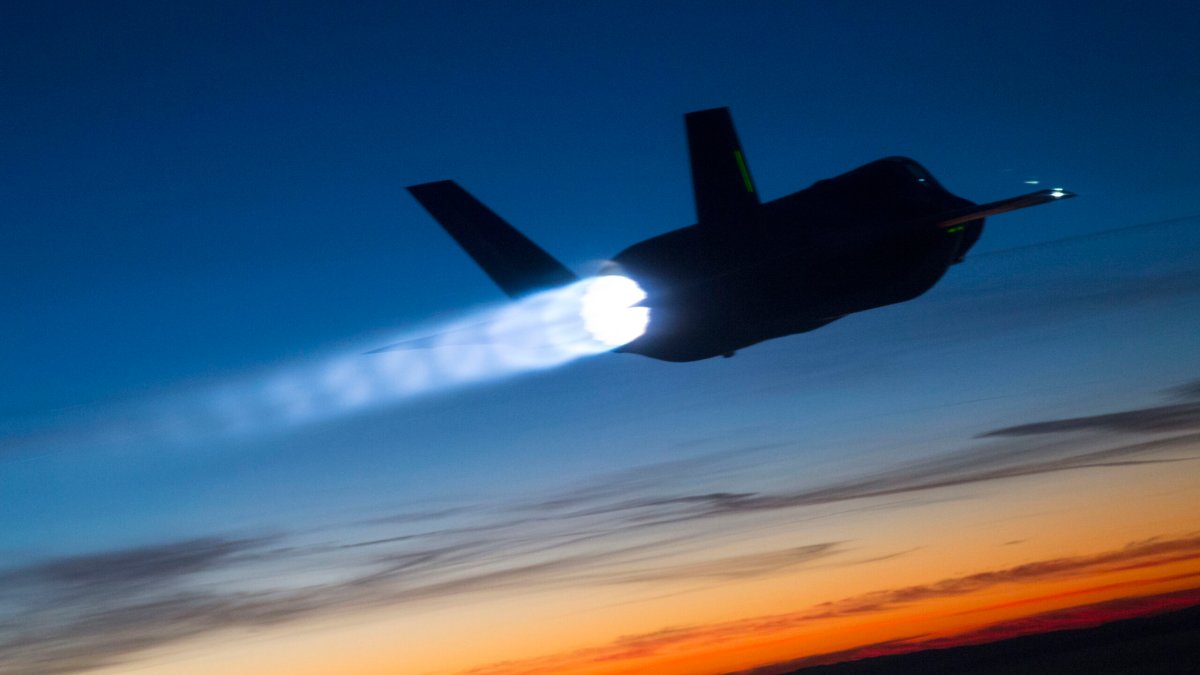There is development on that story.
General Electric is now pitching its advanced XA100 engine for all three F-35 variants and has an eye on future aircraft programs, too.

www.thedrive.com
PW has stated it engine upgrades will be available for all types including B. GE has now said they can do all F-35 models.
The F-35B is not as limited by range as the F-35, as it can be located thousands of kilometres closer, operate from shorter and austere airfields, and be refuelled from KC-130 aircraft. It could be argued that the F-35A that is more limited in range, deployment capability and refuelling flexibility. Any forward basing of the F-35A would have to be a development and undertaking by Australia alone. Reinventing systems and aircraft for the task, costing billions and creating an orphan duplicate development.
Basing the F-35A off Christmas Island or Manus Island would cost billions in upgrades. To allow KC-30 aircraft to operate from those fields would cost tens of billions of dollars.
Unmanned drones may provide all capabilities of an air force in the future. However, it is unlikely to be acquired and FOC before 2030 by the RAAF. But certainly long term this is one aspect to be considered. However, in the drone space, and of the future 6th gen platforms, manned platforms are still being used as part of the system, drones seem to be augmenting not outright replacing manned capability. However, replacing the EA-18F growler which is a 2 seat fighter well placed to direct and manage drones may be something the F-35 in any flavour cannot replicate as a single manned plane.
It is also less aerobatic than the the F-35A model. However, again, the F-35B can use KC-130J air refuellers, which Australia could acquire six of to give an excellent refuelling capability, greater than with the F-35A fleet. It is in fact the F-35A that is going to be shorter ranged from austere bases, island bases etc and it will be shorter ranged as it will be tied to very large airbases that can host the F-35A and the KC-30 aircraft, which exclude most to nearly all airports, air bases in the region.
A deployment of 12 x F-35B's and 2 KC130J from Curtain, Butterworth, Momote, Scherger, Learmouth or Christmas island will provide much greater coverage and capability than 24 x F-35A's and 1 x KC30 out of Tindal or even further away at Williamstown or Amberly.
I guess what I am pointing out is that there is far more to the F-35B than wacky carrier dreams. That forward deploying of fighter aircraft, that is the F-35B's domain.
The USMC has already shown, in Australia, at an Australian exercise, using Australian bare bases, how that would work, for Australia, in its own RAAF bases. It can show it can work across other bases in that Australia already has, and across the region in the Indo-Pacific.
Is the ADF joint enough? Well questions need to be asked about where we need our capability. If the Air force can't deploy to the regions it needs to, then perhaps like Land400, it should be wound back so money, time and man power can be focused where it can be. AFAIK Air Force can often be lead to a solution where more assets are acquired for the Air force. Again the compromise between F-35A and F-35B is minimal, even in terms of upgrades like engines and weapons.
Navy will already be operating in these areas and will require P8/E7 aircover and potentially fast jet air cover. On those Navy assets, Army will exist. If the LHD's aren't burdened with fixed wing operations, then moving the Army then becomes their only reason for being.






